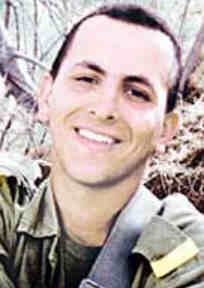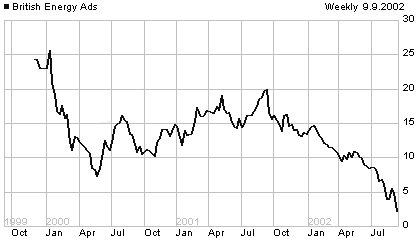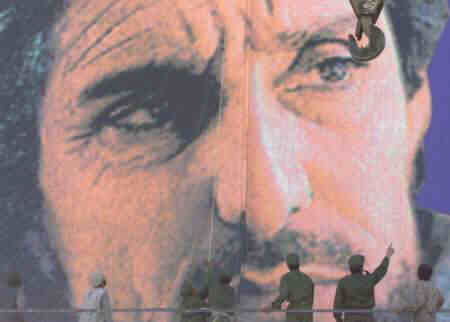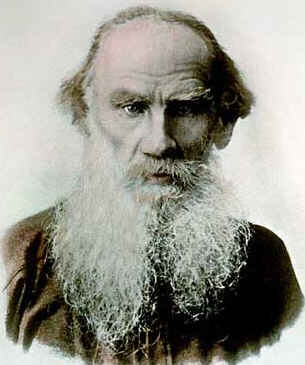 Deaths
which occurred on a 09 September: Deaths
which occurred on a 09 September:
2003
Palestinians Thaer Sayuri, boy, 12; Ahmed Bader;
and Izz a-Din Misk; in the Abu Kteila neighborhood of Hebron,
West Bank. An Israeli tank fired shells at eight-story apartment building
[photo >] where Bader and Misk had been besieged by Israeli
troops for 12 hours. Shrapnel from the shells killed Sayuri in the building
next door. Two Palestinians are injured. Later, Israelis of the Dudevan
commando entered the building and shot Hamas leader in Hebron Bader and
senior Hamas member Misk. Then the Israelis demolish the building, which
belongs to the Kawasmeh family.
2003 A Palestinian man “suspected
of planting a road-side bomb” north of the Karni Terminal,
which is used to transfer goods between Israel and the Gaza Strip. The man
is shot from an Israeli tank.
2003 Dr. David Appelbaum,
50; his daughter Naava Appelbaum, 20; David Shimon
Abistris, 51; Yehiel (Emil) Tuvol, 52; Mrs. Gila Moshe,
40; waiter Shafik Kerem, 27, a Christian; and security
guard Alon Mizrahi, 22, who tried in vain to prevent the
entry of suicide bomber Ramez Abu Islim, 24; at 23:20 (20:20
UT), in Café Hillel on Emek Refaim Street in the German Colony, in
Jerusalem. Some 40 persons are wounded. The Palestinian bomber, from Rantisi,
West Bank, belonged to the Iz a Din a-Qassam Brigades, the armed force of
Hamas. The next day Israeli troops arrest some 10 of his relatives and destroy
his family's home. — Dr.
Appelbaum, who moved to Israel from Cleveland, Ohio, some 20 years earlier,
was head of the emergency room at Shaare Zedek Medical Center. Naava's wedding
was to take place the next evening; instead it will be her funeral.
2003 Chief Warrant Officer Haim Alfasi,
39, of Haifa; Captain Yael Kfir, 21, woman of Ashkelon;
Sergeant Jonathan Peleg, born 29 Sep 1982, of Moshav Yanuv;
Corporal Felix Nikolaichkov, a Christian Ukrainian immigrant
born on 02 October 1983, of Bat Yam; Corporal Mazi Grego,
19, woman of Holon; Sergeant Major Yaakov Ben Shabbat,
39, of Pardes Hannah; and suicide bomber Ihad Abdel Kader,
20; at 17:50 (14:50 UT), at hitchhiking spot crowded with soldiers outside
Israeli military base Tzrifin, near Rishon Letzion. 32 persons are wounded,
most of them soldiers (of which two die of their injuries the next morning:
Cpl. Prosper Twito, 20; and Peleg's girlfriend Sgt. Efrat Schwartzman, 19).
The Palestinian bomber, from Rantisi, West Bank, belonged to the Iz a Din
a-Qassam Brigades, the armed force of Hamas. The next day Israeli troops
arrest some 10 of his relatives and destroy his family's home.
2003
Edward
Teller, Jewish Hungarian US nuclear physicist born on 15 January
1908. He participated in the development of the nuclear fission bomb, and
was a virulent proponent of the nuclear fusion bomb. In 1954 he testified
in Red Scare proceedings against J. Robert Oppenheimer, with whom he had
clashed.
2002 Geeta Chatterjee, Dular Pal Chaudhary, Sufal
Mondal, Arun Das, T K Dutta, Salma, G C Majumdar, C T Sonthalia, Rakesh
Sahu; Ashraf Khan, Roshika Begum, and Subah Ibne Khan
(all 3 Bangladeshis); V Worli, Arvind Chowdhary, Md Sirajuddin, Md
Naushad, Md Naeem, Md Shansher, D G Rao, Baliram, Tripati Pathak, H L Majumdar,
D N Mansi, Gulal Chandra Das, V K Dutta, Dinesh Kumar, Nidhi Kanojia, Akhlash
Prasad, Sweta Goel, Bhagwati Devi, Rekha Lodha, Ashok Lodha, K K Gupta,
Mahavir Prasad, Kailashu Devi, Sajjan Kumar, Mali Das Malik, Naresh Das
Chowdhary, Pradeep Brahma, Ashustosh Jha, Mansoor, Ravindra Nath Mukherjee,
Jothish Kr Mandal, C D V Subramaniyam, Subhash Chandra Aggarwal, Ranjeet
Kr Agarwal, Rishit Kr Kanojia, Ashok Kr Mukherjee, Vijay Kr Pradeep, Istabinder
(Sinni), K D Malik, Vijay Kumar Mishra; the preceding 52 and some 50 others
of the 540 passengers and 80+ employees aboard luxury air-conditioned
Howrah-Delhi Rajdhani Express train from Calcutta, destination New Delhi,
which, at 22:35 derails on a 100-meter-high bridge on the Dhawa River not
far from Rafiganj station near Gaya, Bihar state, India. Nome 150 others
are injured. Maoist rebels have been active in the area. The dead include
the wife and the 2- and 3-year-olds of survivor Mohammed Irshad. Five coaches,
two of them badly mangled, piled on top of each other after one side of
the bridge, which dates back to 1936, collapsed into the river. Shivani
Gupta, 12, from Delhi, is trapped with her right hand stuck under a berth,
in the most damaged coach, AS-2, which is the last one that rescuers manage
to open with gas cutters, twenty hours later; she is one of the few survivors
of the 35 in that coach.
 2002
Some 85 of the 200 Nepalese soldiers and policemen at district headquarters
in Sandhikharak, uncounted civilians and attacking Maoist rebels. 2002
Some 85 of the 200 Nepalese soldiers and policemen at district headquarters
in Sandhikharak, uncounted civilians and attacking Maoist rebels.
2001 (Sunday, first day of the Israeli workweek) Five Israelis and
three Palestinians, bringing the al-Aqsa intifada body count to
611 Palestinians and 170 Israelis.
— Muhammad Shaker
Habeishi, 55, Israeli Arab, Hamas suicide bomber detonates his
explosives as passengers are getting off a crowded train in a Nahariya,
killing himself, wounding more than 80 persons, and killing three Israelis:
Jerusalem architect Dr. Yigal Goldstein, 47; his relative
by marriage Morel Drapler a Mevasseret Zion photographer;
and Danny Yifrah, 19, a soldier from Pisgat Ze'ev near
Jerusalem [photo >].
— On the Jordan Valley
Highway, an Islamic Jihad gunman in a jeep sprayed automatic rifle fire
on a van carrying Israeli teachers from Beit She'an, West Bank, to their
schools in the region. One teacher, Sima Franko, 24, and
the driver of the van, Yaakov Hatzav, 42, were killed in
the attack.
— A car bomb exploded, prematurely it seems, while
a car was waiting at a stoplight at a busy intersection in central Israel,
near Netanya. The Palestinian driver of the car was killed and five vehicles,
including a bus, were set on fire, — Israeli troops fired on three
members of the Democratic Front for the Liberation of Palestine who were
attempting to plant a bomb near a border fence in the Gaza Strip. One Palestinian
was killed, a second Palestinian was wounded, and the third escaped.
2001 Kathleen Seely, 56, Kenneth Allen Sheldon, 50, at
about 14:20 in the North Idaho Behavioral Health facility for juveniles,
in Coeur d'Alene. For months Sheldon had stalked Seely, a psychatric nurse.
He shoots her and then himself. |
 On
a 09 September:
On
a 09 September:  Deaths
Deaths 2002
Some 85 of the 200 Nepalese soldiers and policemen at district headquarters
in Sandhikharak, uncounted civilians and attacking Maoist rebels.
2002
Some 85 of the 200 Nepalese soldiers and policemen at district headquarters
in Sandhikharak, uncounted civilians and attacking Maoist rebels. 2001 Ahmed Shah Masood, 48, young Asim, and two suicide bombers
posing as journalists.
2001 Ahmed Shah Masood, 48, young Asim, and two suicide bombers
posing as journalists. 